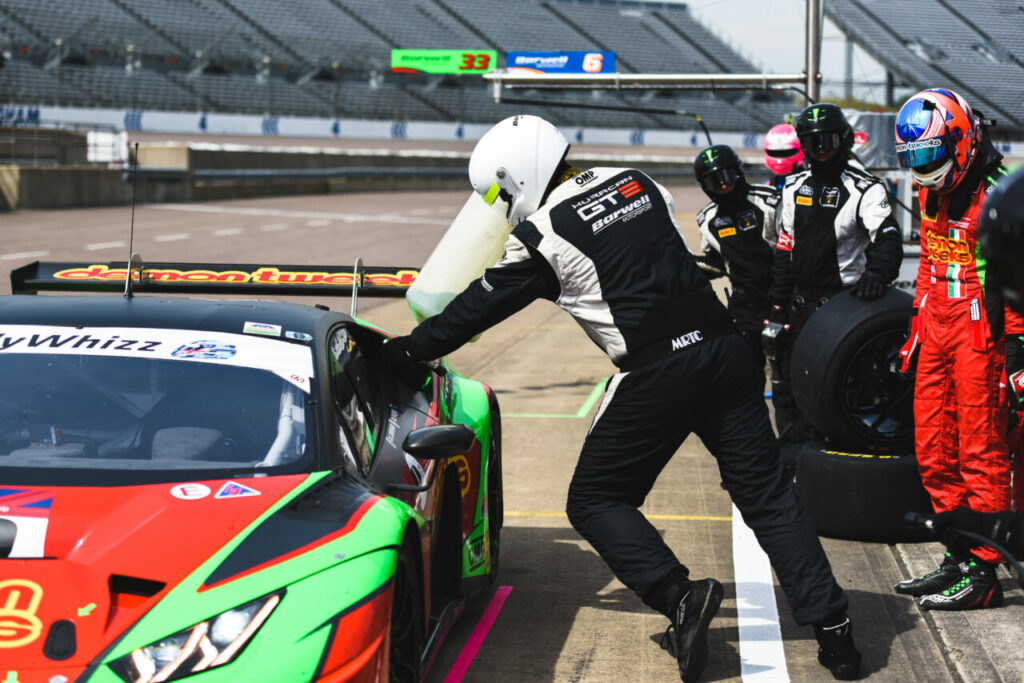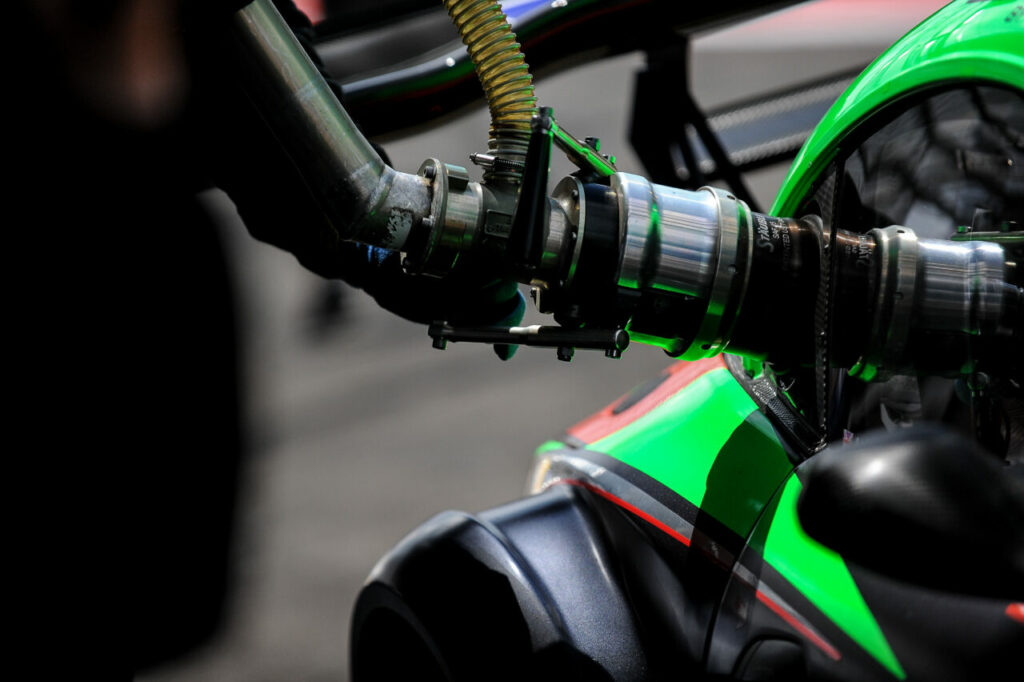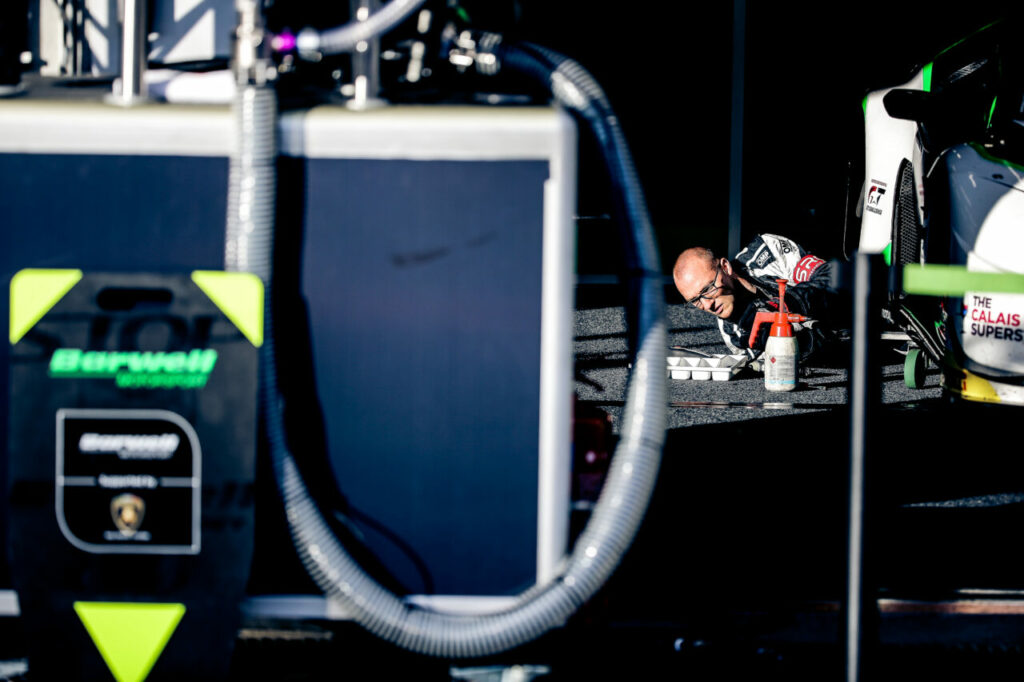Race fuel is the lifeblood of high-performance engines, igniting a symphony of power, speed, and adrenaline on the racetrack. Behind the scenes, a complex world of specialised components fuels the pursuit of victory (no pun intended).
They are specialised fuels designed to maximise performance and meet the unique requirements of high-performance racing engines. These fuels are formulated to deliver high power outputs, improved combustion characteristics, and consistent performance under extreme conditions. In this comprehensive guide, we will delve into the depths of race fuel, covering everything from its types and applications to benefits, limitations, safety considerations, and more. Buckle up and hold on tight for the most important information you need to know about race fuels!

Types of Race Fuels:
Unleaded Race Fuels: These fuels are designed to provide high octane ratings without the use of lead additives. They offer improved combustion properties, reduced emissions, and compatibility with modern engine technologies. Such as those from Sunoco, Gulf, and more.
Leaded Race Fuels: Leaded race fuels contain additives like tetraethyl lead (TEL) to enhance octane rating and prevent detonation. They are commonly used in older engines or classes that allow leaded fuels. You can get your own from for example R Racing, VP Racing and more.
Oxygenated Race Fuels: This fuel incorporates oxygenating compounds such as ethanol or methanol. Oxygenation enhances combustion efficiency, resulting in increased power output. Ethanol-based fuels are often used in certain racing categories due to their renewable nature. You can get your own from world leading brand Sunoco.
If using this type of fuel, it’s worth bearing in mind the potential risk of fire (in the worst case) as the fuel can interact with plastics, rubbers and metals. Make sure you have a fire extinguisher and it’s working correctly!

Proper Application of Race Fuels:
Selecting the right race fuel is crucial to ensure optimal engine performance and reliability. The fuel choice depends on various factors such as the type of racing, engine specifications, regulations, and track conditions. It’s essential to consult with engine builders, race fuel suppliers, and sanctioning bodies to determine the most suitable fuel for a specific racing application.
If you have a classic race vehicle or something built before 2011, you may have been able to fuel up at your local garage without the need for specific race fuel. But now you have to bear in mind the change to 95 octane ‘standard’ fuel. As of summer 2021 in the UK regular E5 (5% ethanol) became E10 (10% ethanol). There are pros and cons of each which you need to consider.
Why Race Fuels Are Used:
Race fuels offer several advantages over regular fuels, including:
Higher Octane Ratings: Race fuels have higher octane ratings than regular fuels, enabling engines to run at higher compression ratios without detonation, thus extracting maximum performance.
Consistent Performance: Race fuels are formulated for consistent combustion characteristics, ensuring reliable engine performance across varying conditions.
Engine Protection: The specialised additives in race fuels provide lubrication and cooling properties, reducing wear on engine components and enhancing durability.
Typical applications that will benefit from race fuels:
- Engines with much higher compression than stock.
- An engine that revs a lot higher than standard and will need more advanced ignition timing.
- Engines that have much higher boost than standard.
- Naturally aspirated engines that have been supercharged or turbo charged especially if compression has not been lowered.
- An engine that has been mapped to suit a specific fuel.
- Racing at high altitudes with lower oxygen levels, (Bonneville salt flats, Pikes Peak etc.)
Benefits and Limitations of Race Fuels:
Benefits:
Increased Power: Race fuels optimise combustion, resulting in improved power output and acceleration.
Detonation Resistance: Higher octane ratings of race fuels allow engines to operate at higher compression ratios without detonation, enabling increased performance potential.
Consistency: Race fuels provide consistent performance, reducing the likelihood of engine misfires or loss of power.
Limitations:
Cost: Race fuels can be significantly more expensive than regular fuels due to their specialised formulations and production processes.
Availability: Depending on the location, certain race fuels may be harder to find, making it important to plan fuel sourcing in advance.
Compatibility: Some race fuels may not be compatible with certain engine types or fuel systems, requiring modifications or adjustments for optimal performance.
Differences Between Race Fuel and Regular Fuel:
Race fuels differ from regular fuels in several key aspects:
Octane Rating: Race fuels have much higher octane ratings than regular fuel, allowing for increased compression ratios and performance.
Additive Content: Race fuels contain specialised additives and oxygenates that enhance combustion efficiency and performance, which regular fuels typically lack.
Quality Control: Race fuels undergo rigorous quality control processes to ensure consistent performance, whereas regular fuels may have more variability in their composition.

What is Race Fuel Made of?
Race fuel is made of a combination of various components and additives specifically formulated to enhance engine performance, combustion efficiency, and reliability under extreme racing conditions. The exact composition of race fuel can vary depending on the specific type, brand, and regulations. However, here are some common components and additives found in race fuels:
- Hydrocarbons: Race fuels typically consist of a blend of hydrocarbons, which are organic compounds composed of hydrogen and carbon atoms. The specific hydrocarbons used can vary, including alkanes, alkenes, and aromatics, to achieve the desired properties and performance characteristics.
- Octane Boosters: To increase the octane rating, race fuels often include octane-boosting additives such as tetraethyl lead (TEL) or other chemicals. These additives help prevent detonation or knocking in high-performance engines, allowing for increased compression ratios and power output.
- Oxygenates: Some race fuels incorporate oxygenates like ethanol or methanol. These oxygen-containing compounds promote better combustion efficiency, resulting in increased power output. Ethanol, in particular, is known for its ability to increase the oxygen content in the fuel mixture.
- Performance Enhancing Additives: Various performance-enhancing additives may be included in race fuels to improve combustion properties, lubrication, and engine protection. These additives can enhance power output, provide anti-wear properties, and maintain fuel system cleanliness.
- Stabilisers and Antioxidants: To maintain fuel stability and prevent degradation over time, race fuels often contain stabilisers and antioxidants. These additives help prevent fuel oxidation, maintain consistency, and prevent the formation of deposits that could affect engine performance.
- Dyes or Markers: Race fuels may include dyes or markers to differentiate them from regular fuels and aid in fuel identification and compliance with specific regulations or race series requirements.
It’s important to note that race fuel formulations may be subject to specific regulations and limitations imposed by racing series or sanctioning bodies. The precise composition of race fuel can vary based on these regulations and the specific goals of the fuel manufacturer in terms of performance, safety, and environmental considerations.

Approval Rating of Race Fuels:
Race fuels need to meet specific regulatory standards and approvals to ensure fair competition and safety. Different racing series and sanctioning bodies have their own approved fuel lists, which specify the allowed fuel types, octane ratings, and any additional requirements or restrictions.
Safety Considerations:
When dealing with race fuels, safety should always be a top priority. Here are some important safety considerations:
Proper Handling: Follow manufacturer guidelines and safety data sheets for the safe handling, storage, and transport of race fuels.
Ventilation: Ensure proper ventilation when handling and storing race fuels, as some fuels may release harmful vapours.
Fire Safety: Race fuels are highly flammable, so it’s essential to take precautions such as storing them in approved containers, keeping them away from open flames or sparks, and having fire extinguishing equipment nearby.
Storage of Race Fuel:
To maintain fuel quality and safety during storage:
If you’re storing your vehicle for a long period, you’ll also need to store your race fuel. It should be stored in well-ventilated areas away from direct sunlight and sources of heat or ignition.
Use approved fuel containers designed for race fuels, ensuring proper seals and closures.
Keep fuel containers off the ground on pallets or stands to prevent moisture absorption and contamination.
Regularly inspect fuel containers for any signs of damage or leaks.

Additional Considerations:
Fuel Testing:
Periodic fuel testing can ensure that the race fuel meets the desired specifications and performance requirements.
Fuel Management:
Develop a fuel management strategy that includes monitoring fuel consumption, estimating refuelling needs, and considering factors such as track conditions and race distance.
What happens if you put race fuel in a normal car?
Putting race fuel in a regular car designed for standard fuel can have several consequences, as race fuel is not formulated for typical consumer vehicles. Here’s what could happen if you put race fuel in a normal car:
- Incompatibility with engine management systems: Race fuels often have different chemical compositions and combustion characteristics compared to regular fuels The engine in regular vehicles will be designed to work effectively with standard fuels from a petrol station. Using specifically designed fuel for racing can then lead to issues such as incorrect fuel-to-air ratios, misfires, and poor engine performance.
- Octane sensitivity: As mentioned previously the higher octane levels of race fuel allows race vehicles to maximise power output. Using race fuel in a regular car may not result in any noticeable performance gains and can even cause inefficient combustion, potentially leading to decreased fuel efficiency.
- Fuel system damage: The specialised additives and oxygenates found in race fuels may not be compatible with the fuel system components of regular cars. Certain seals, gaskets, and fuel system materials may not withstand the corrosive properties of race fuel, potentially leading to fuel leaks, deterioration of components, or fuel system damage.
- Emissions and catalyst concerns: Racing fuel often has more methanol, ethanol or lead which can negatively affect the emissions control systems and catalytic converters of regular vehicles.
- Legal and warranty issues: Regular everyday vehicles are designed to use the standard fuel from petrol stations. Using race fuel may damage certain parts of the vehicle which usually won’t be covered under warranty as the vehicle was not designed to run on that fuel. It’s important to follow the recommended fuel requirements specified by the vehicle manufacturer.
Can you mix regular fuel with race fuel?
Mixing regular fuel with racing fuel is generally not recommended due to the significant differences in their compositions and performance characteristics. You need to think about the following if you plan to or have used by accident, mixed race fuel with regular fuel:
- Compatibility: Regular fuel and race fuel are designed with specific purposes in mind. Knowing this, mixing the two is not a good idea because they can react negatively with regular fuel components and materials if either contains additives or oxygenates.
- Octane rating: Mixing race fuel with regular fuel can up the overall octane rating of the fuel which can have negative effects, such as inefficient combustion which could lead to failure. A boosted fuel rating can actually be beneficial if it is being used in a high performance vehicle which requires a higher power output. However it’s important to keep the rating within the engines optimum range.
- Engine Calibration: Mixing fuels with different properties can impact engine calibration. The engine control unit (ECU) may need to be recalibrated or tuned to optimise performance and ensure proper fuel-air mixture ratios. Consult with automotive professionals or tuners who specialise in engine calibration to avoid potential issues.
- Testing and Monitoring: If you decide to mix racing fuel with regular fuel, it’s crucial to closely monitor engine performance, fuel consumption, emissions, and any potential side effects. Regular monitoring allows you to detect any adverse reactions or issues promptly.
- Legal and warranty considerations: Mixing fuels can alter the composition of it meaning it may violate emissions regulations. This can impact your next MOT and potentially void any warranty you have.

How long does race fuel last?
The shelf life of race fuel can vary depending on various factors such as the specific formulation, storage conditions, and any additives or stabilisers included. In general, race fuel has a longer shelf life compared to regular fuel due to its specialised composition. However, it can still degrade over time. Here are some key considerations regarding the lifespan of race fuel:
- Unopened Containers: When stored in sealed, unopened containers, race fuel can typically maintain its quality for an extended period. Depending on the manufacturer and specific formulation, it is common for race fuel to have a shelf life of 1 to 2 years or even longer.
- Opened Containers: Once a race fuel container is opened, the fuel may begin to degrade more rapidly due to exposure to air, moisture, and contaminants. It is advisable to use the fuel within a shorter time frame after opening, typically within a few months to ensure optimal performance.
- Storage Conditions: Proper storage conditions play a vital role in preserving the quality and longevity of race fuel. Ideal storage conditions include keeping the fuel in a cool, dry, and well-ventilated area, away from direct sunlight, extreme temperatures, and sources of ignition. These conditions help minimise the chances of fuel degradation and maintain its performance characteristics.
- Fuel Testing: If you are unsure about the quality or suitability of stored race fuel, you can consider fuel testing. Fuel testing can provide insights into factors such as octane rating, presence of contaminants, and overall fuel condition. This can help determine if the fuel is still suitable for use or if it requires proper disposal.
It’s important to note that race fuel can degrade over time due to oxidation, evaporation, or the separation of certain components. As a result, its performance characteristics, such as octane rating, may diminish. Using degraded or expired race fuel can lead to suboptimal engine performance, increased risk of engine damage, or potential fuel system issues. Therefore, it’s recommended to monitor the age and condition of race fuel, follow manufacturer recommendations, and replace or dispose of fuel that is beyond its usable lifespan.
Conclusion
You are now clued up on race fuels, so the next time you’re on the way to the track you know what to do and consider! Remember, this guide provides an overview of race fuels, and it’s essential to consult with experts, fuel suppliers, and sanctioning bodies for specific recommendations and regulations based on your racing requirements. Race fuel is the catalyst that propels high-performance engines to their limits, unlocking the thrill of speed and precision.
Enjoyed this? Read more of our latest news:
- Discover the Thrills & Realism of Sim Racing at the Academy
- Guide to Racing Pit Equipment: Boost Efficiency & Performance
- Everything to Know about the Tillett C1 and C1XL Racing Seats
Where To Next?
Looking for the latest motorsport parts and accessories? Check out our wide range from top brands.
Come and visit us at our store, showroom and fitting centre in Wrexham.
Want to know more about our story? Learn about who we are and why we’ve been driven by passion for over 50 years.
Interested in everything we do? Catch up on all the latest Demon Tweeks news.




